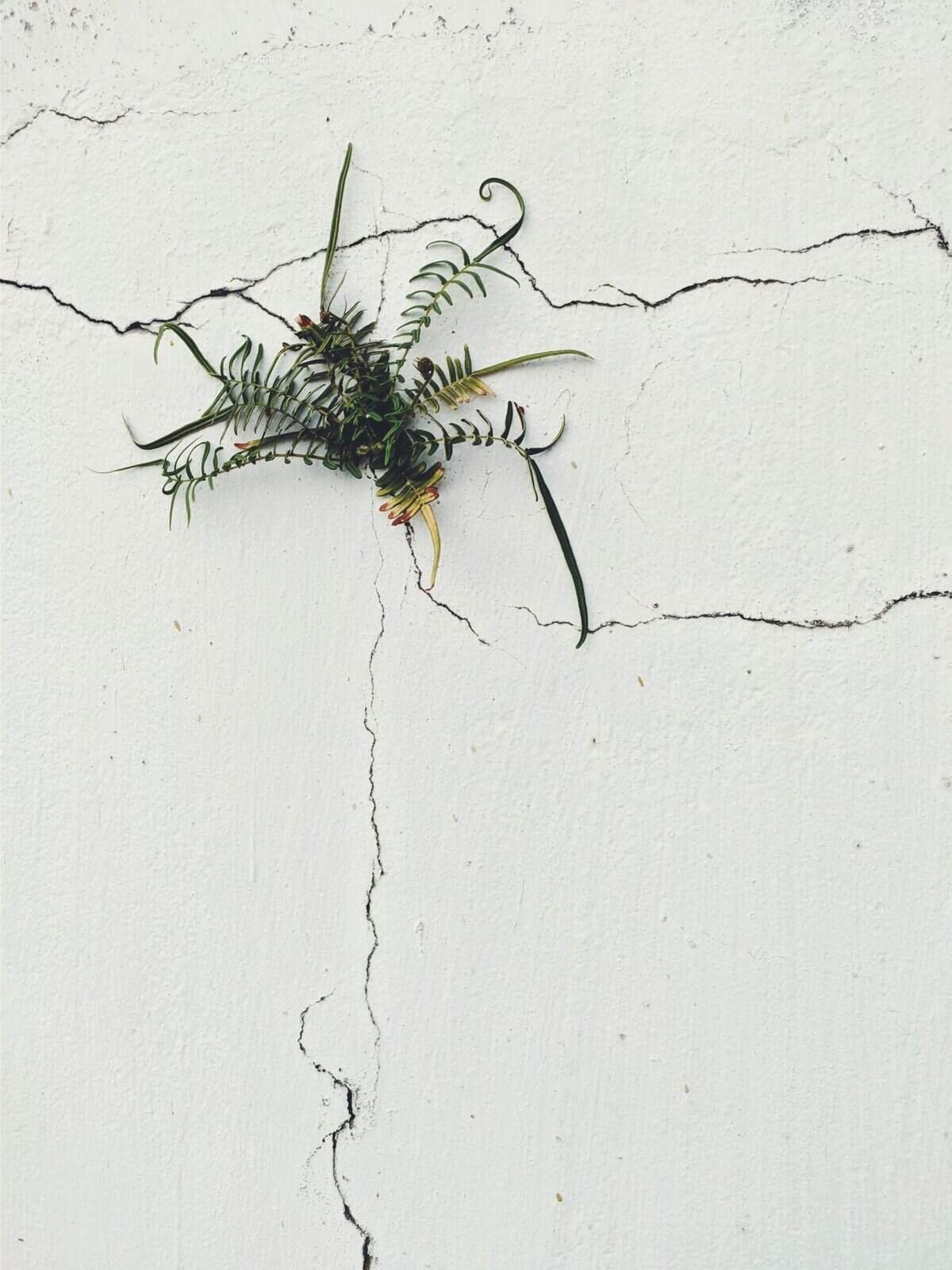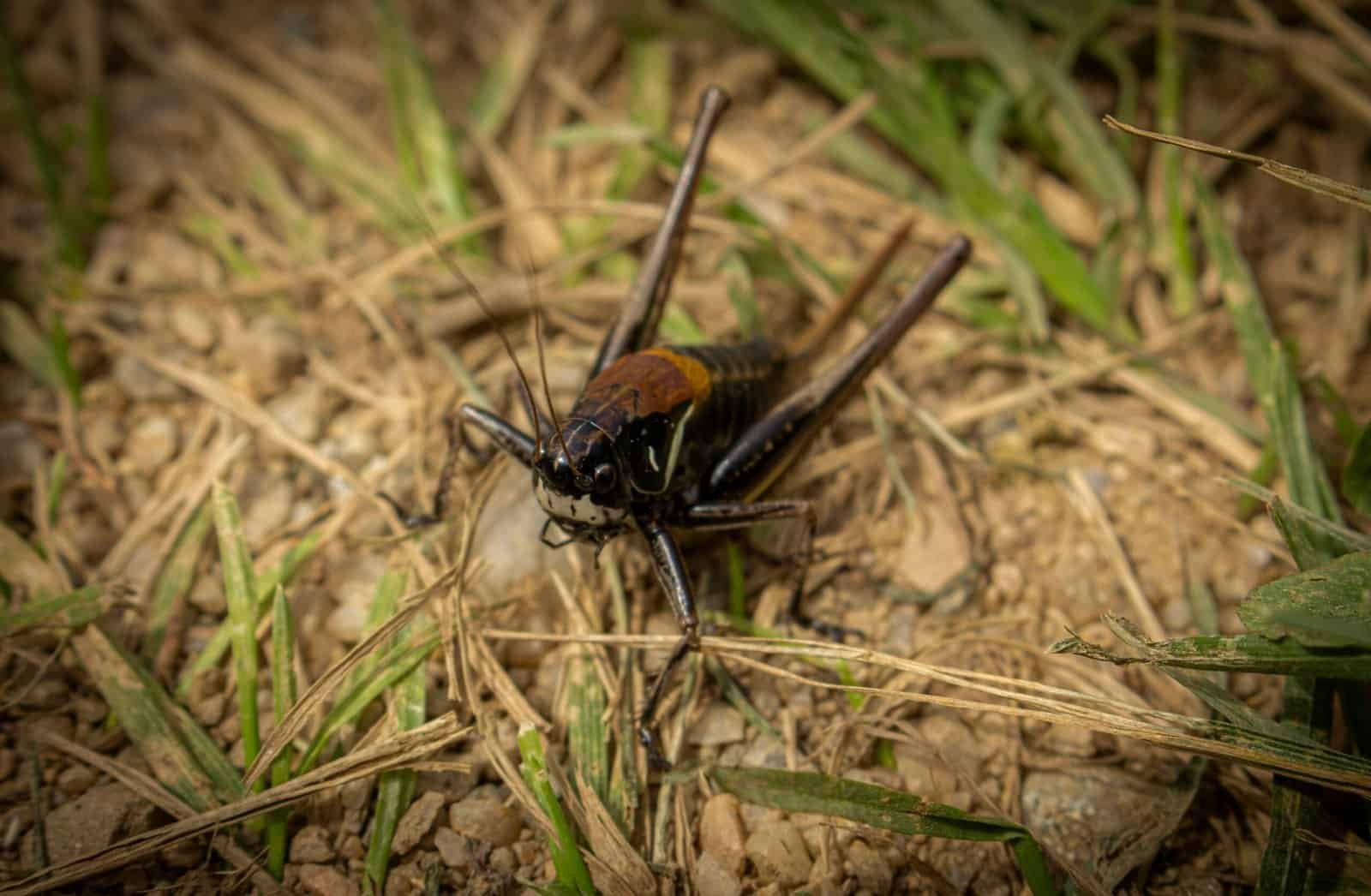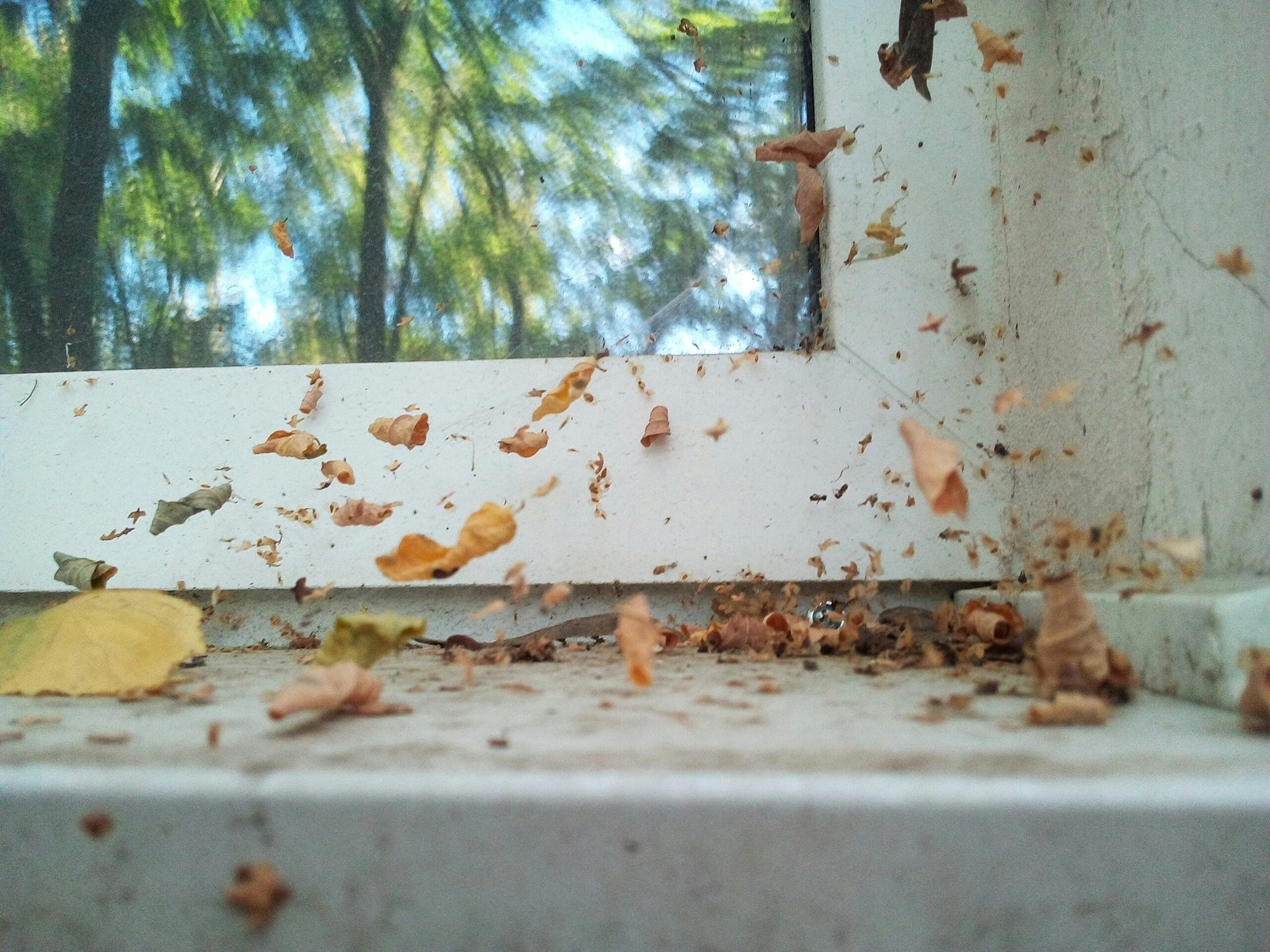Have you ever wondered what your well system might be up against when it comes to those small, pesky invaders like termites or other insects? While it’s easy to overlook the potential vulnerability of your well system to these tiny critters, it’s an important aspect of home maintenance that deserves attention.
Understanding Your Well System
Before diving into the specifics of how termites and other insects could affect your well system, it’s helpful to have a basic understanding of what a well system involves. Most modern wells consist of several key components: the well casing, which keeps the well open and protects it from contaminants; the pump, which draws water out of the ground; and the pressure tank, which maintains consistent water pressure. Surrounding all these components is the soil, which plays a critical role in the structural integrity of your well system.
The Threat of Termites
Termites are often associated with the destruction of wooden structures, but their reach can extend far beyond just wood. These pests are adept at navigating underground, which brings them dangerously close to your well system.
Why Are Termites Attracted to Your Well Area?
Termites are drawn to moisture, which is why they thrive in environments where water is abundant. If your well system has a small leak or is improperly sealed, the soil around it can become damp, effectively creating an ideal habitat for termites. Once they establish themselves, their persistent tunneling can compromise parts of your well system by weakening its structural integrity.
How Termites Can Damage Your Well System
While termites generally target wood, their presence can indirectly harm your well fixtures. For instance, termite tunnels can allow surface water to flow more easily into the ground near your well, potentially leading to contamination, or they might disrupt the soil structure, risking your well’s stability.

Insects and Your Well System
Termites aren’t the only insects that could spell trouble for your well system. Other species can also pose a threat, sometimes in surprisingly inventive ways. Bugs like ants, beetles, and even bees occasionally cause issues, ranging from contamination risks to mechanical dysfunction.
Common Insects That Might Intrude Your Well System
Ants: Known for building intricate tunnel systems, ants can target your well cap searching for water. Their colonies can cause damage to wiring or even pressure systems if they infiltrate the pump house.
Beetles: Some beetles burrow into the ground in search of food. While they rarely damage the well equipment directly, their tunneling can cause the surrounding support structures to become unstable.
Bees and Wasps: These insects sometimes find their way into pressure systems or areas around the well cap, especially if a significant gap provides entrance. When they build nests, this can hamper system operations and service accessibility.
Signs of Insect or Termite Infestation
Catching an infestation early can save you from hefty repair bills and significant damage. Here are a few signs that could indicate pests are meddling with your well system:
Mud Tubes: Distinctively crafted by termites, mud tubes are small tunnels they use to travel to food sources. Spotting this outside the well area can signal potential concerns.
Unusual Water Taste or Color: If the water from your well starts changing in taste or appearance, it could be a sign of contamination, sometimes spurred by insect activity altering soil or introducing foreign materials.
Noisy Pipes: A change in the sounds from your well’s mechanical parts could signify an internal blockage or damage, potentially linked to pest interference.
Visible Insects or Eggs: Regular inspections that turn up insects or eggs close to your well system might suggest they’re setting up home.

Preventive Measures Against Insect Infestations
Prevention is better than repair, particularly when it comes to your well system. Here are some practical steps you can take to shield your well from termites and insects:
Keep the Area Dry
Controlling moisture is a critical component in preventing an infestation. Ensure the area around your well remains dry, as this will make it less inviting to termites. Regularly check for leaks and standing water, particularly following heavy rain.
Fit a Well Cap Securely
One of the simplest preventative measures is ensuring that your well cap is tightly fitted. This acts as the first barrier against insect intrusion. For extra protection, you can consider a vented well cap that is resistant to insects.
Landscaping and Cleanliness
Maintaining a 2-foot area free of vegetation and mulch around the well can help reduce the number of insects drawn to the area. Trim nearby bushes and remove fallen leaves consistently, which can otherwise serve as a home or food source for bugs.
Regular Inspections
Having a professional inspect your well system annually can highlight any issues before they grow. Experts can spot early signs of infestation and address them swiftly to prevent further damage.
Treatment Options
Insecticides can be an effective component of your prevention plan. Applying them regularly around the base of your well can deter termites and other critters. However, always ensure the use of insecticides does not harm the safety of your drinking water.
Repairing Pest Damage to Your Well System
If you suspect that termites or insects have already played havoc with your well system, acting promptly can minimize damage. Here’s your guide to addressing the issue:
Assess the Damage
Once you suspect pest activity, it’s important to identify the extent of the damage. You may need to call in a well professional to conduct a thorough evaluation and check the structural integrity of your well system.
Engaging Professional Services
When dealing with severe pest damage, professional intervention is highly recommended. They can carry out emergency repairs, replace damaged parts, and ensure no pests remain, thus restoring your well system’s operational integrity.
Enacting Repairs
The unavoidable repairs can vary significantly based on the part of the system affected. Termite damage to structural components may require replacing entire sections, while insect intrusion may necessitate a clean-up and reassessment of contamination levels.
Prevention of Future Incursions
Post-repair, future prevention should be a priority. Implement the preventive strategies discussed earlier more rigorously and conduct regular check-ups to steer clear of a repeat scenario.

Long-term Care for Your Well System
Securing your well system from termites and insects is an ongoing process, but it pays dividends in safeguarding your water supply, avoiding costly repairs, and maintaining structural safety. With a proactive maintenance plan, you can protect this critical component of your home’s infrastructure effectively.
Regular Monitoring
Adapting a schedule for routine checks can catch new potential problems early. This includes visual inspections around the well housing, verifying the cap’s integrity, and checking for changes in water pressure or quality.
Environmental Caution
Being wary of landscape changes in your yard that might affect termite or insect attraction is crucial. A new sod or bedding can inadvertently make the area more inviting, so be sure to adjust any preventative measures as needed.
Partner with Professionals
Professional services can bridge the gap of knowledge, providing detailed assessments, modern treatments, and offering recommendations specific to your environment to optimize the defense against termites and other pests.
By taking these proactive steps, you equip yourself with the knowledge and tools to protect your well system, ensuring it serves your home well for many years to come. It’s about creating a barrier both literally and figuratively against insects, protecting not just a water source, but a fundamental element of daily living.
